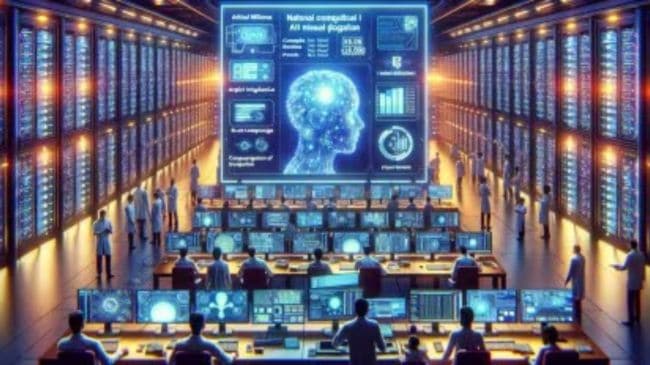Natural language processing (NLP) is a field of study that deals with the interaction between computers and human language. NLP has been advancing rapidly in recent years, thanks to the development of advanced deep learning models such as GPT-3 and BERT. In this article, we will compare GPT-3 and BERT for NLP tasks and help you understand which model is better suited for which task.
What is GPT-3?
Generative Pre-trained Transformer 3 (GPT-3) is a state-of-the-art deep learning model developed by OpenAI. GPT-3 is a language generation model that uses unsupervised learning to generate human-like text. It has 175 billion parameters, making it one of the largest NLP models to date. GPT-3 can generate high-quality text in various styles, including news articles, essays, and stories. GPT-3 can also perform a range of NLP tasks, such as question answering and language translation.
What is BERT?
Bidirectional Encoder Representations from Transformers (BERT) is another powerful deep learning model developed by Google. BERT is a language understanding model that uses transformers to encode the context of a word in a sentence. BERT has achieved remarkable results in various NLP tasks, such as sentiment analysis, text classification, and question answering. BERT can also be fine-tuned for specific NLP tasks.
NLP Tasks That GPT-3 and BERT Can Perform
A. Sentiment Analysis
Sentiment analysis is the process of determining the sentiment of a piece of text, such as positive, negative, or neutral. GPT-3 can perform sentiment analysis by generating text that reflects the sentiment of the input text. BERT, on the other hand, can perform sentiment analysis by encoding the context of a word in a sentence and determining the sentiment based on that context.
B. Text Classification
Text classification is the process of assigning categories or labels to a piece of text. GPT-3 can perform text classification by generating text that belongs to a specific category. BERT, on the other hand, can perform text classification by encoding the context of a word in a sentence and assigning labels based on that context.
C. Machine Translation
Machine translation is the process of translating text from one language to another. GPT-3 can perform machine translation by generating text in the target language. BERT, on the other hand, can perform machine translation by encoding the context of a word in a sentence and translating based on that context.
D. Question Answering
Question answering is the process of answering questions based on a given context. GPT-3 can perform question answering by generating text that answers the given question. BERT, on the other hand, can perform question answering by encoding the context of a word in a sentence and generating an answer based on that context.
E. Language Generation
Language generation is the process of generating text that is similar to human-generated text. GPT-3 is a language generation model and can generate high-quality text in various styles, such as news articles, essays, and stories. BERT, on the other hand, is not specifically designed for language generation but can be fine-tuned for specific language generation tasks.
Which Model is Better for NLP Tasks – GPT-3 or BERT?
Both GPT-3 and BERT have their strengths and weaknesses, and choosing the right model for an NLP task depends on the specific requirements of the task. However, some general guidelines can be followed.
A. GPT-3 for Language Generation
GPT-3 is the better model for language generation tasks such as article writing, story generation, and poem generation. GPT-3 can generate high-quality text in various styles and can mimic human-like text generation. However, GPT-3 may not be the best choice for tasks that require understanding the meaning of text.
B. BERT for Understanding Text Meaning
BERT is the better model for NLP tasks that require understanding the meaning of text, such as sentiment analysis, text classification, and question answering. BERT can encode the context of a word in a sentence and generate accurate results based on that context. However, BERT may not be the best choice for tasks that require language generation.
Conclusion
In conclusion, both GPT-3 and BERT are powerful deep learning models that can perform a range of NLP tasks. Choosing the right model for an NLP task depends on the specific requirements of the task. GPT-3 is better for language generation tasks, while BERT is better for tasks that require understanding the meaning of text.









Leave a Reply